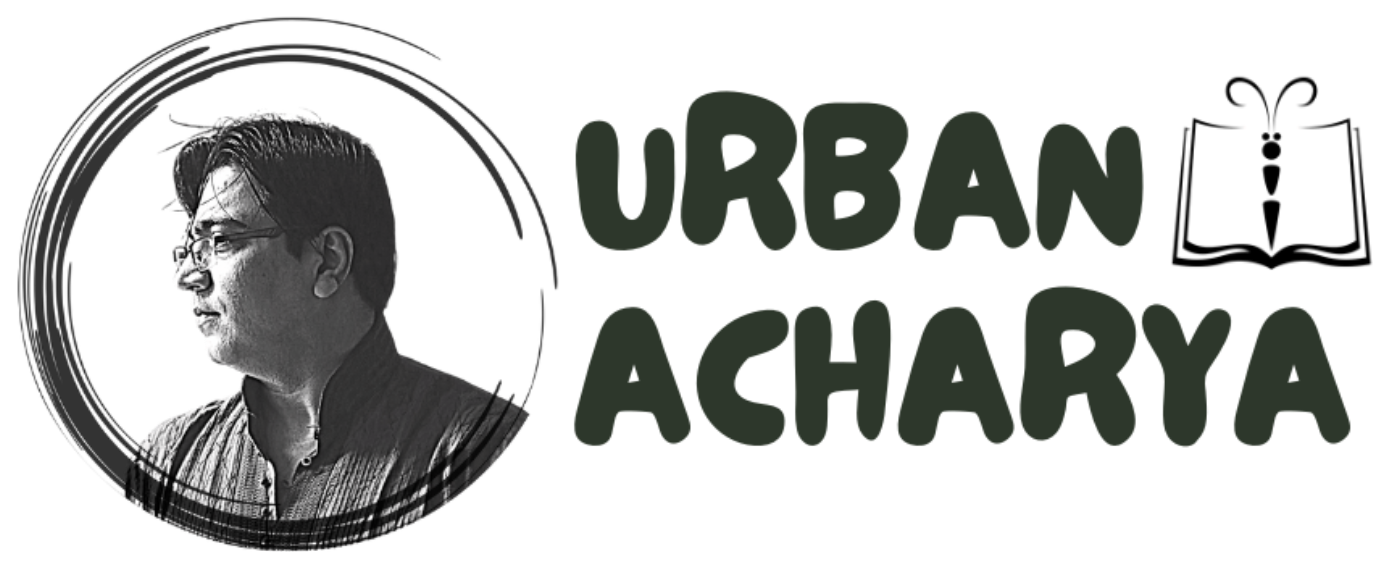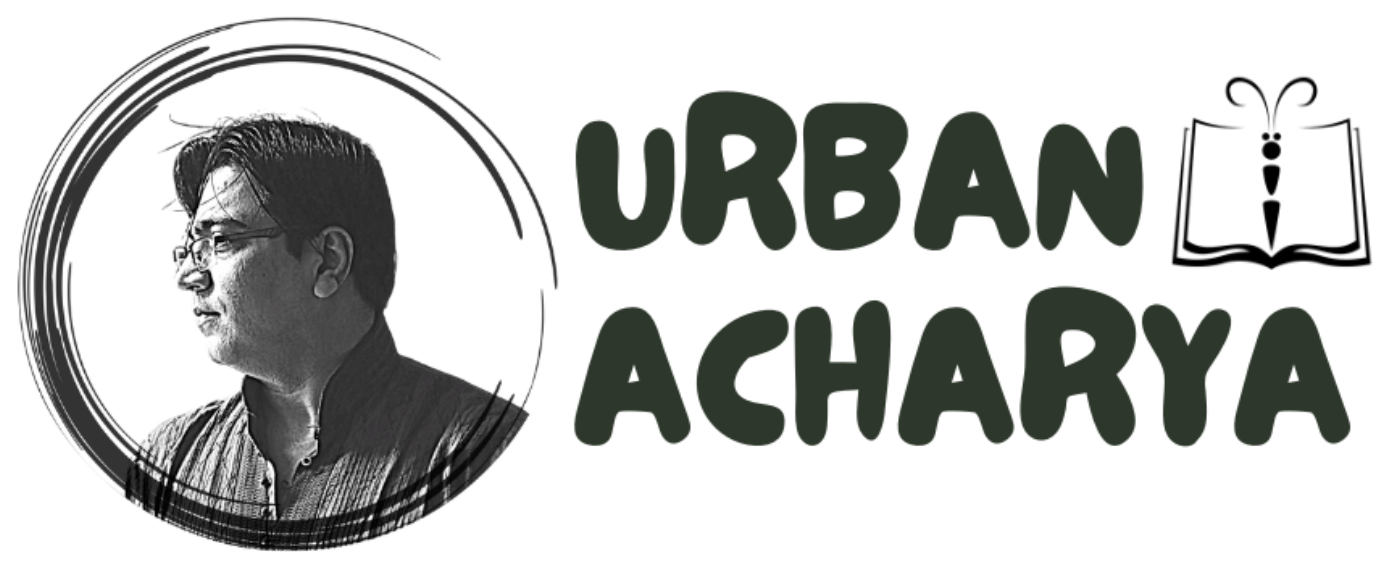What Makes A Good Resume and How Can You Make Yours Stand Out?
Hey there! Are you on the hunt for your dream job, but feeling overwhelmed by the thought of putting together a resume?
Don’t worry, you’ve come to the right place!
Making a resume can seem like a daunting task, but with a little bit of know-how and a lot of attention to detail, you’ll have a professional resume in no time.
However you need to steer clear of all the mistakes in the process of making resume.
A killer resume acts as a solid enabler in the process of your job search.
First up, understand that resume is such an important document in the life cycle of the whole recruitment process.
It represents you in person to the organization, without you being there in person, strange! Right?
But it is true, when you ship your resume to a recruiter or an organization, your early profile is created in the organization’s mind and in a way, you can say that your first impression is created with that document.
So, you have to make it a point that it is drafted with golden standards, the best you ever drafted.
If required you should take up professional help to ensure it captures the essence of your skills, experience and knowledge.
Keep in mind, a simple mistake or an error in that document will reduce your chances significantly in getting to the job you have been waiting for so long, your dream job.
Take your time, don’t rush through the process.
You know that if done well and sincerely, this document will make all the difference in the world for you.
If you get this right, you have won half the battle.
It means that if this document makes a great first impression, there is a very high possibility that your resume will get shortlisted and you will get a face-to-face interview call.
So read on, here is a step-by-step approach on how to draft your resume.
Step 1: Gather Your Information
Before you dive into the writing process, it’s important to gather all of the information you’ll need to create a complete and accurate resume.
- Make a list of your past experiences, including your education, work history, and any relevant skills or certifications.
- Don’t forget to include any volunteer experiences, extracurricular activities, or awards you’ve received.
They are an important part of your profile, and can act as a fulcrum in the selection process.
Step 2: Choose Your Format
There are a few different formats you can use when creating your resume, including chronological, functional, and hybrid formats.
- The chronological format is a great option if you have a strong work history and clear career progression, as it focuses on your work experience in reverse chronological order.
- The functional format, on the other hand, focuses on your skills and achievements, rather than your work history.
- The hybrid format is a combination of both the chronological and functional formats.
Choose the format that best fits your experience and the job you’re applying for.
If you are a fresher, I would suggest you choose the functional format, since your chronology of experience will be pretty light.
Step 3: Write an Eye-Catching Objective Statement
The objective statement is the first thing a hiring manager will see when they look at your resume, so it’s important to make a good impression!
- Your objective statement should be a brief, concise summary of your career goals and the skills and experience you bring to the table.
- Be specific and tailor your objective statement to the job and company you’re applying to.
Now, I have seen many aspirants, especially freshers, they copy and paste objectives from other CVs without thinking much into it.
But this is such a disaster, because if it is not your objectives, chances are that you will flounder for answers if the interviewer asks as question on it.
So be careful, don’t just copy and paste, make it point that you reflect on your life and draft a simple yet powerful objective.
Step 4: Detail Your Work History
In this section, you’ll list your previous work experiences, starting with your most recent position.
- Be sure to include the job title, company name, dates of employment, and a description of your responsibilities and accomplishments.
- Make sure to be specific and quantify your achievements, using numbers and statistics to show the impact you made.
Don’t overdo it, don’t write multiple responsibilities, just keep it simple and limited to top 3-4 critical responsibilities and keep it very strategic, avoiding tactical language here.
Step 5: Highlight Your Skills and Qualifications
In this section, you can show off your skills and qualifications that are relevant to the job you’re applying for.
- This can include technical skills, language proficiency, and certifications.
- Don’t forget to include any awards, publications, or volunteer experiences that demonstrate your abilities and strengths.
If you have seen the job description, there is an opportunity to customize your resume a bit, and it will help in the shortlisting process.
Step 6: Proofread, Proofread, Proofread!
Once you’ve completed your resume, take the time to proofread it thoroughly.
- Check for spelling and grammar errors, and make sure that all of the information is accurate and up-to-date.
- You might also want to have a trusted friend or family member review your resume for a fresh perspective.
Remember, a simple typo or a grammatical error is not a simple thing in this document, it points out a larger issue.
It can bring doubts in the mind of the interviewer, about your proficiency in a specific skill – attention to detail.
So do not take this point lightly, proof read as many times as possible, line by line, word by word.
Phew!!
Putting together a resume can feel like a lot of work, but it’s a crucial part of your job search.
By following these steps and putting in a little bit of effort, you’ll have a resume that stands out from the crowd and gets you noticed by hiring managers.
Good luck with your job search, and happy resume writing!


